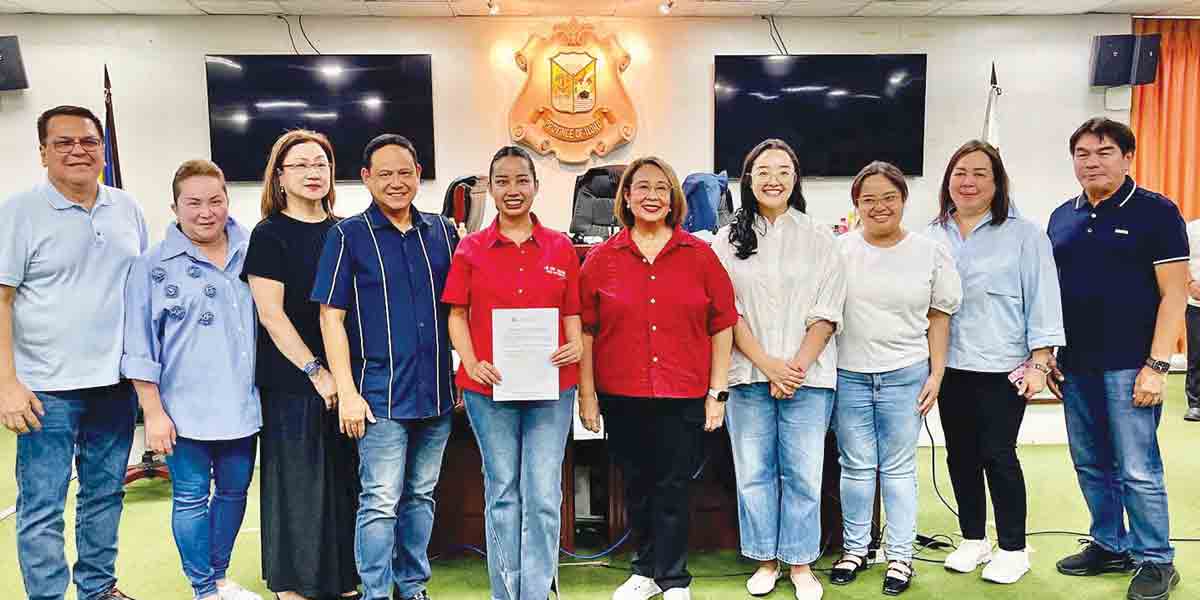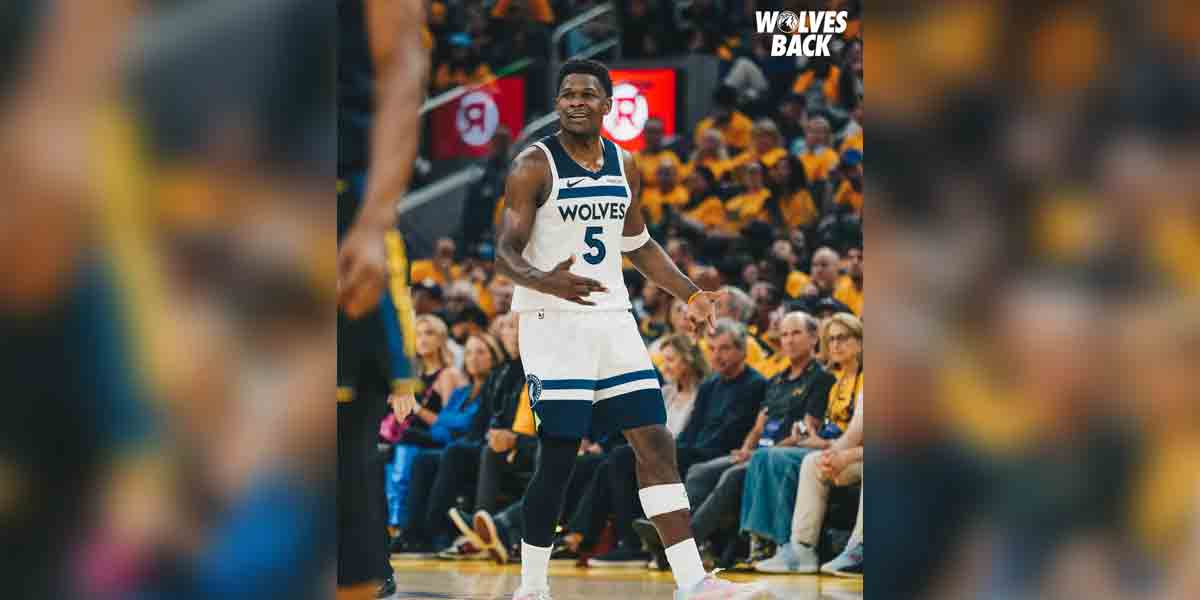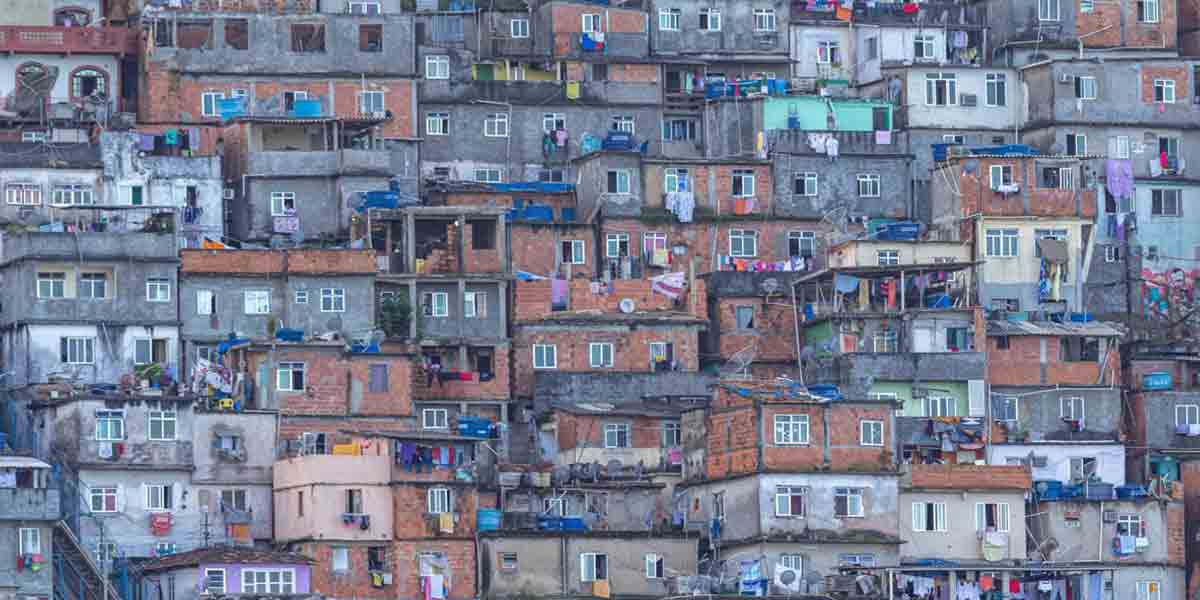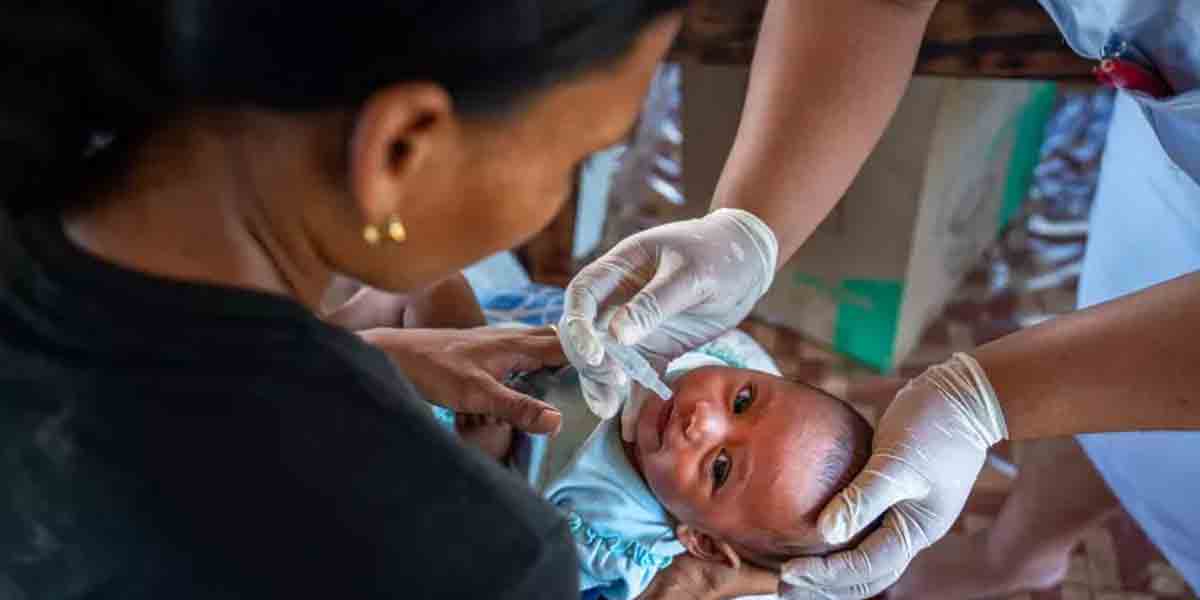 By Dr. Rex Casiple
By Dr. Rex Casiple
Few days before the first anniversary of the declaration of Enhance Community Quarantine (ECQ) in the Philippines in March 2020, several coronavirus vaccines against the virus had been approved for emergency use, either by individual countries or groups of countries, such as the European Union and the World Health Organization (WHO).
Around 114 countries and territories are administering vaccines and publishing rollout data. Fifty-three percent (53%) are high-income nations while 47% are middle-income and low-income nations. The United States and China have given the most doses, 98 million and 53 million respectively, while India has administered at least 26 million.
Some other countries included in the top list of giving the most vaccinations are Israel and United Kingdom. Most of these countries are prioritizing the senior citizens or those above 60, health workers and people who are clinically vulnerable.
A survey was conducted in one university in the US to determine the extent of vaccine hesitancy among the students. It showed that more than 50% favored to be vaccinated for the coronavirus when the vaccines are available. Thirty percent (30%) do not want to be vaccinated while the rest responded to be not sure yet. These students do not have enough information to decide whether to be vaccinated or not.
The major reasons why they do not want to be vaccinated were vaccine safety and side effects. Some were reported to have a low level of knowledge related to vaccine development. And they are less willing to receive the COVID-19 vaccine. Hence then there is a need to include in the curriculum the vaccine development education.
Furthermore, there is a need for information campaigns. Various information campaigns were done to encourage more students to accept vaccination. One is through reading material, such as written cards with updated information regarding vaccines placed on tables in food courts and other dining service locations. Others are through flyers posted around the campus, in classrooms, in bus stop enclosed areas, etc. In some universities, they involved different clubs to distribute facts about the vaccine. Social media, such as Facebook, Twitter, Instagram, YouTube and other platforms were used to disseminate information.
On the other hand, some health-related students in the US had reflections from the COVID-19 vaccinations. Some were happy knowing that this vaccination marked the beginning of a return to normal when they met their classmates on Zoom in real life in a vaccine clinic. Many were excited to administer the first wave of vaccines to patients in the university clinic knowing their opportunities to shine and to help their community and being recognized and to be part of the history.
Likewise, in some medical schools in the US, medical students could administer COVID-19 vaccines in addition to their clinical experiences. They are not compensated for their work in administering COVID-19 vaccines. Their participation in the vaccination is voluntary. The vaccination training includes practicing injections on training pads and then to fellow students. The program intended to increase the number of vaccinators and decrease the number of COVID-19 patients. On student vaccination, students with disabilities were initially prioritized. Vaccines were fully covered by health insurance plans.
Another survey study in the US showed that most of the Nursing full-time faculty wanted to receive the vaccine. As nursing faculty, they served as a role model to their students and there is a great need to ensure that nurses understand the need for vaccination and that their fears and concerns are addressed. Nurses should play a decisive role in counseling patients about the COVID-19 risks and the vaccines.
In the Philippines, the president pronounced a “no vaccine, no class” policy or no school opening would happen without vaccination of teachers and students. The national vaccination program started in March 2021. Students were not on the priority list of those who received the first vaccine.

























